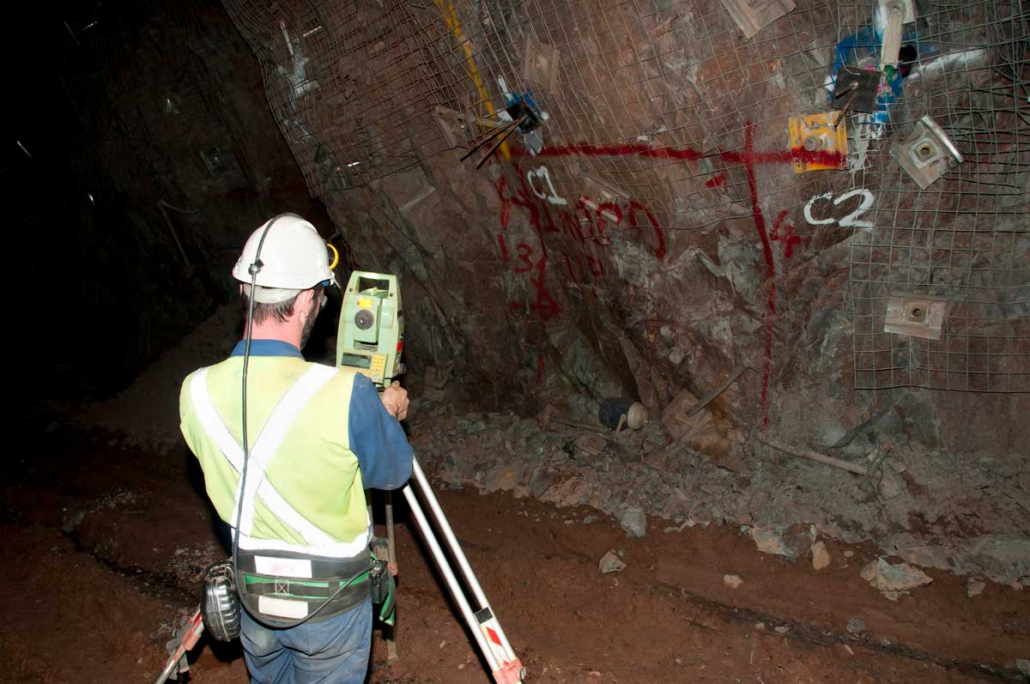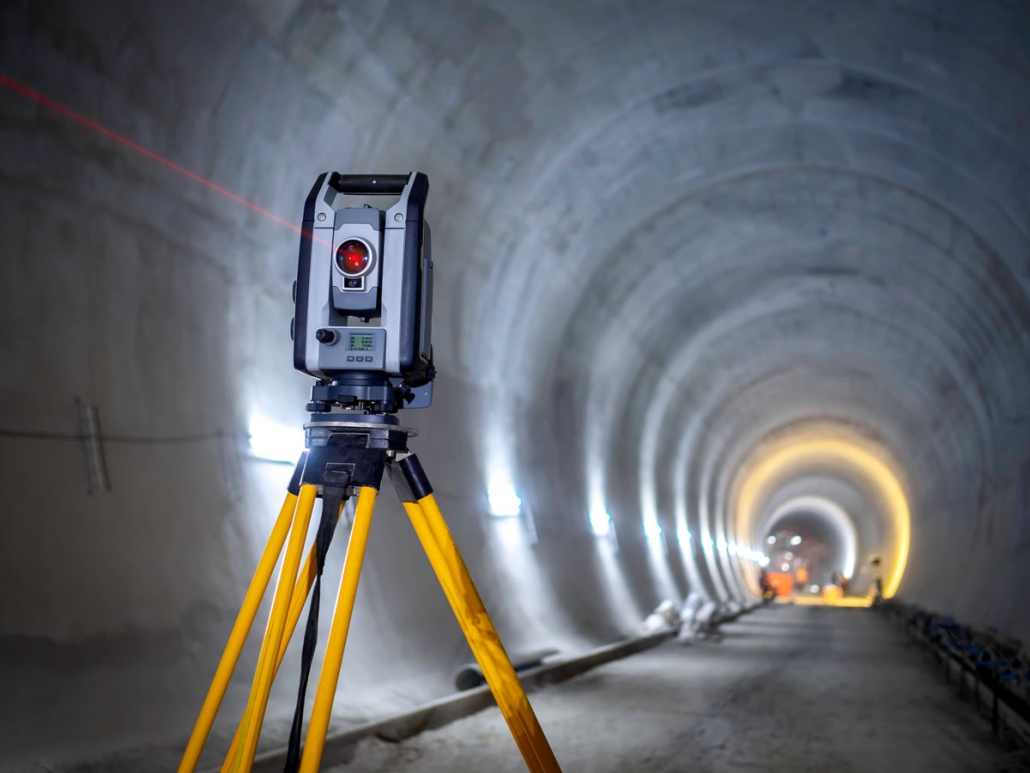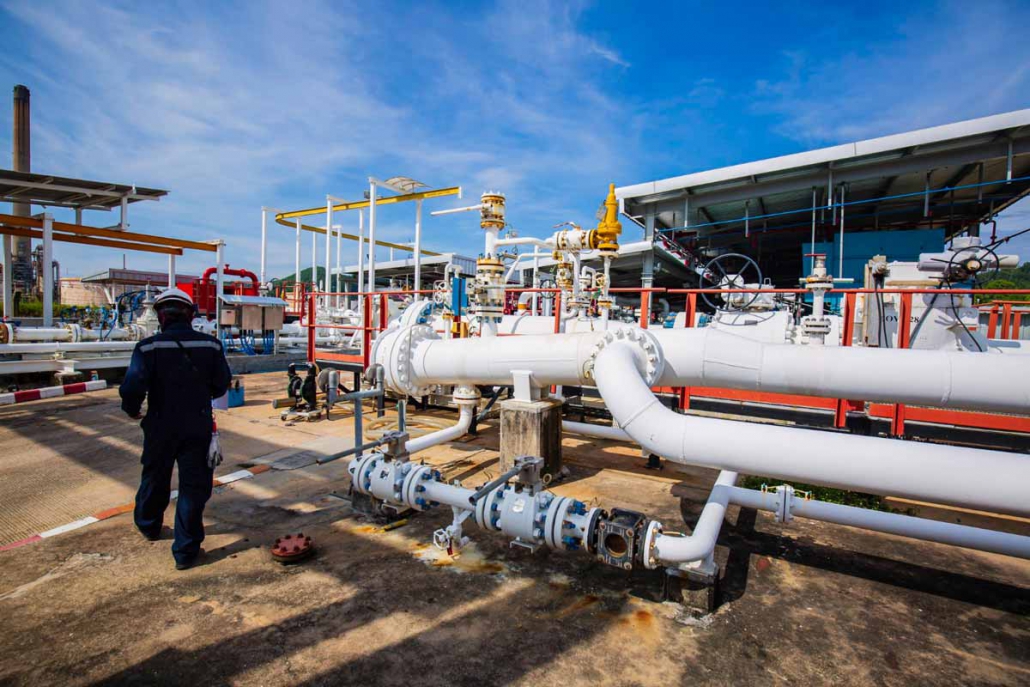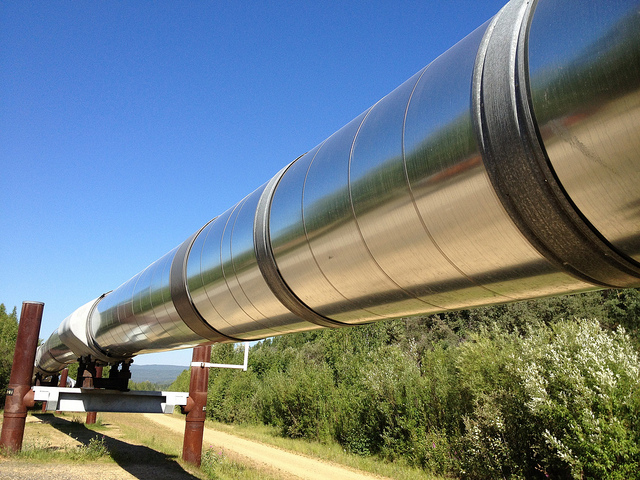Which Utilities Need Underground Mapping?
Which utilities need underground mapping? All of them, really. Whenever a construction project, addition, renovation, or modification begins, one of the first steps should be an underground utility survey.
Utility lines are everywhere, but they aren’t always visible. Using utility location services, you can identify where they are and hopefully avoid them.
Today, we’re going to take a look at some of the most common types of underground utilities and why it’s critically important to map them properly before a big project.
Why is Underground Utility Mapping Important?
Mapping underground utilities is important for a few reasons: safety, accuracy, and efficiency.
- Safety. If you’re digging and hit an unknown utility line, you could be in for an interesting surprise. Not only could you cause serious damage to the line, but you could also endanger yourself and those around you.
- Accuracy. When you’re planning a construction or renovation project, you need to know exactly where all of your utilities are. Otherwise, you could find a line too late and have to disrupt the entire project.
- Efficiency. By mapping out your utilities ahead of time, you can save yourself a lot of time and hassle. You’ll know exactly where to dig, and you won’t have to worry about damaging any lines while you’re working.
- Cost. No construction company wants to tell the city that they just hit a gas main. Not only is that expensive, but it’s also going to lead to an expensive work disruption.
Utility lines are out there. Sometimes, they’re nowhere near where you think they should be. Underground utility mapping is what prevents you from experiencing a disaster every time you build on a previous site.
What Are Utility Location Services?
What do you do if you don’t have the technology to find utility lines yourself and you don’t have maps to determine where the lines might be?
Utility location services are exactly what they sound like—services that help you locate underground utilities. There are a few different types of utility location services, but the most common is ground penetrating radar (GPR). Drones can be used to get information over large sites fast.
GPR works by sending out a signal and measuring the time it takes for the signal to bounce back. This information can be used to create a map of the underground utilities in the area. Other methods, such as electromagnetic induction (EMI) and direct current resistivity (DCR), can also be used to detect utilities.
Either way, utility location services are absolutely essential to the process of underground mapping. Without utility location services, you won’t know where to dig. You should virtually never rely on pre-existing maps for your utility lines. Utility lines get adjusted over time, they shift, and they may not be where you think they should be.
Underground Mapping for Water Utilities
Water utilities are some of the most important lines to map properly. They’re also one of the most challenging types of utilities to work with, since they can be located in a variety of different places.
Most waterlines are, of course, underground, where they can be susceptible to damage from excavation and construction projects. But the positive side of water lines is that they don’t usually cause injury when accidentally hit, unlike gas lines or electrical lines.
The negative is that they can cause an extraordinary amount of damage to the actual work site. When a water line bursts, it can cause damage within just a few minutes—and it can take that long to get the water shut off.
Underground Mapping for Gas Utilities and Pipelines
Gas pipelines are another important type of utility. While there are some pretty strict regulations as to where they can be, they can also be just about anywhere. Since they run underground, they frequently run through both public and private places.
Mapping gas pipelines is critical for safety reasons. If you hit a gas pipeline while you’re digging, you could cause a serious explosion. That’s why it’s so important to know where these pipelines are before you start any excavation or construction project.
One lucky thing is that gas pipelines are generally located by the city, which means you can usually call the city and have them mark out where the gas is, even if you’re going through serious commercial construction. It’s the responsibility of the city and the gas company to know where their gas lines are.
Underground Mapping for Electrical Utilities
Mapping electrical utilities is another important task. Like gas pipelines, they can be located in a variety of places, but they’re most commonly found underground. Of course, it’s getting to be more common that electrical utilities are run through the air. Largely, it depends on the size of your city, the extensiveness of its infrastructure, and whether it gets damaging weather.
One of the biggest dangers with electrical utilities is contact. If you touch an electric line while you’re working on your project, you could be seriously injured or even killed. Since a worker might not notice a live electrical line while they’re working, it’s essential that they know where those lines might be.
Underground Mapping for Telecommunications Lines
Mapping telecommunications lines is another important task. Like electrical utilities, they can be located in a variety of places, but they’re most commonly found underground.
Telecommunications lines are unique because there are many companies that run them. As a whole, most telecommunications lines aren’t dangerous, but you won’t typically find a single, consolidated map of where all the lines are, because they may have been placed by multiple service providers.
The biggest problem with telecommunications lines is that cutting a telecom line means that you could bring the entire neighborhood’s internet down. It’s certainly not a way to endear them to what is already a construction project in their backyard. And if you’re developing a business, it’s very possible that you could accidentally cut your own underground telecom lines.
Mapping Utilities: The Bottom Line
Mapping utilities is an important task, and it’s one that should be done carefully and accurately. By mapping out your underground utilities ahead of time, you can save yourself a lot of time, as well as a call to your insurance company. For most city-wide utilities, you can give them a call and have them mapped. Otherwise, you may want to commit to more involved surveying services.
Are you interested in how to survey and map your worksite? Do you need your utilities mapped now? Contact the experts at Landpoint for more information about utility surveying and underground utility mapping.








